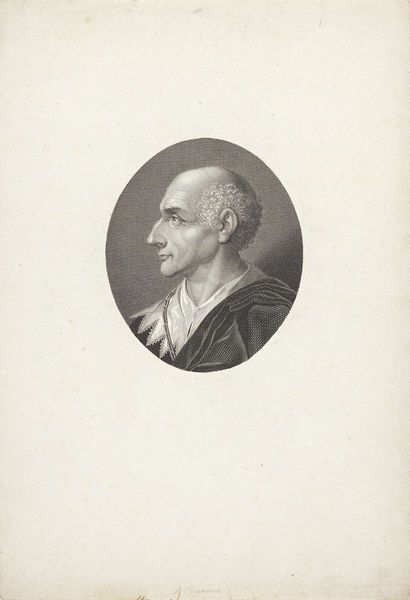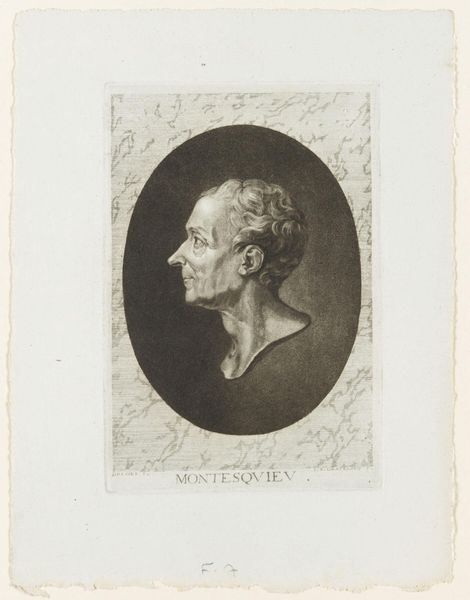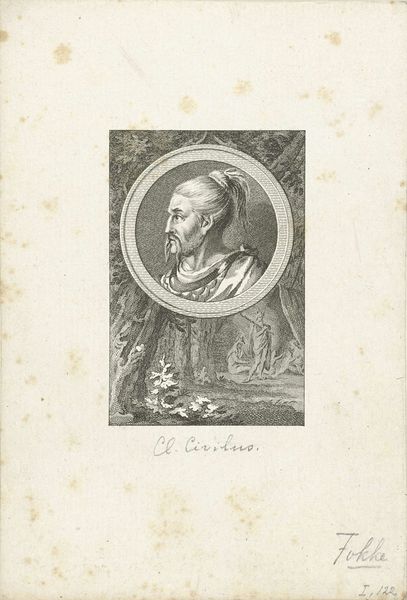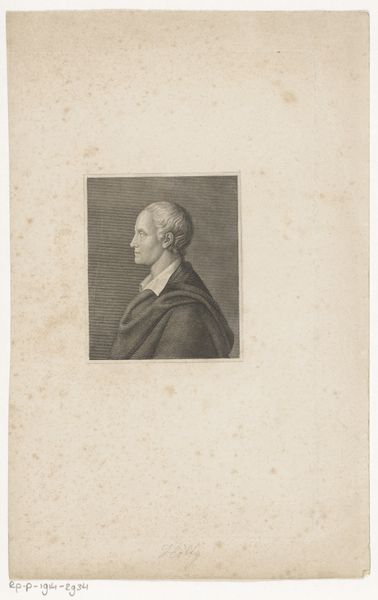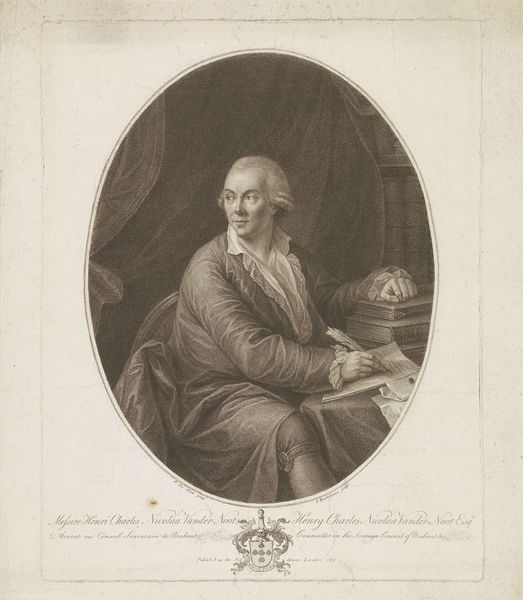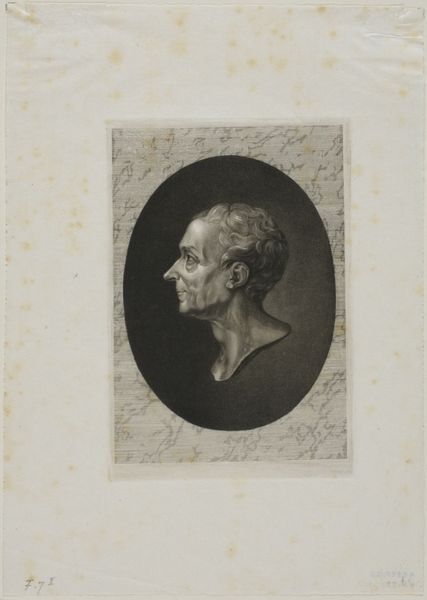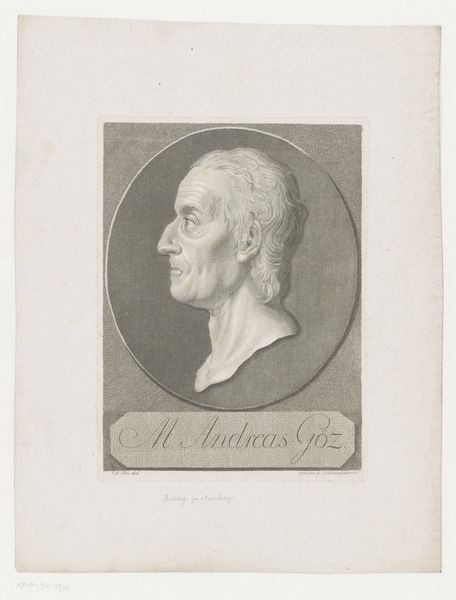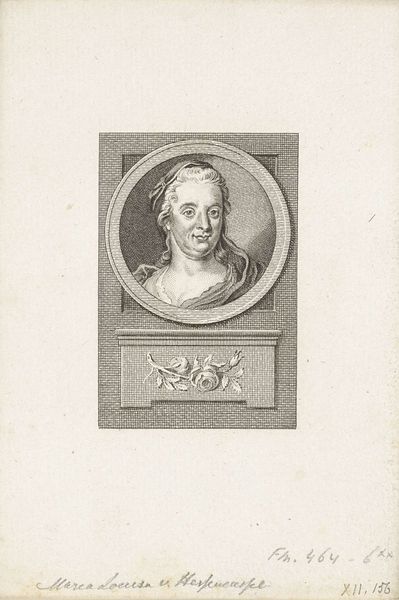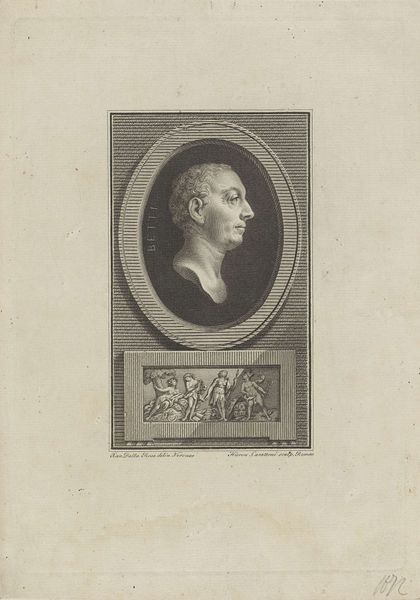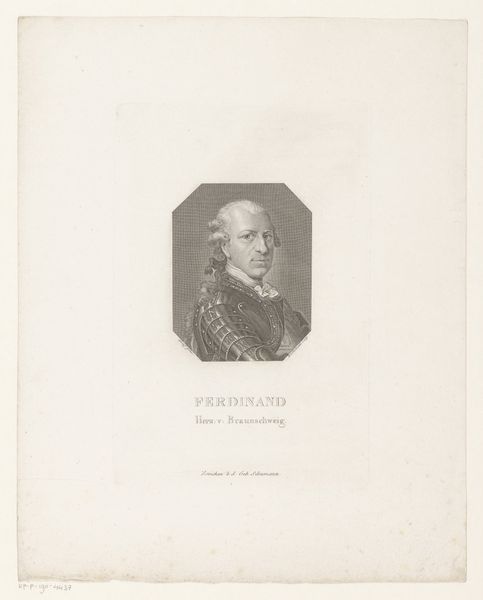
engraving
#
portrait
#
neoclacissism
#
form
#
line
#
history-painting
#
engraving
Dimensions: height 174 mm, width 130 mm
Copyright: Rijks Museum: Open Domain
Curator: This is a fascinating engraved portrait of Giovanni Verardo Zeviani by Antonio Gaiani, created sometime between 1814 and 1821. Editor: Immediately striking, the monochromatic severity of this image suggests a personality of great determination and intellect, a sense only reinforced by the austere classical attire. Curator: Absolutely. This engraving reflects the Neoclassical obsession with line, emulating the linear purity found in ancient Greek and Roman sculpture. Note the precise and clean outline which constructs the form. Editor: I agree. The visual clarity and idealism embodied in this piece were part of a larger cultural return to classical antiquity across Europe, influenced by Enlightenment ideals of reason and order, visible in everything from architecture to political thought. What can we learn about Dr. Zeviani? Curator: It’s worth observing the interplay between the texture and its role here. Look closely: see how the controlled cross-hatching defines the volume and bone structure, creating the impression of weathered age without losing its refined aesthetic. The treatment is fascinating, a kind of anatomical map that lends gravitas to the subject, a medicus no less. Editor: Zeviani, during that period, likely navigated medical ethics shaped by growing scientific scrutiny and nascent professionalization of medical training and practice. How an engraver chooses to memorialize such figures for public and professional perception, reflects deeply imbedded and ideological intentions. The clean presentation perhaps an attempt to present an image of precision and rationalism expected from members of medicine in that era. Curator: Perhaps, though the image itself, purely aesthetically, adheres to Neoclassical dictates regarding rational idealization. Even the subtle tonal variations contribute to a sense of measured dignity, fitting the Neoclassical canon. Editor: The placement of this imagery of course matters. One wonders where this print ended up. Medical offices? Classrooms? Perhaps it circulated among peers? Curator: The work invites us to admire both the technique of Gaiani and consider Zeviani's life and career, against the backdrop of Neoclassical taste. Editor: Precisely! It encourages us to consider the individual while recognizing their position within larger medical and socio-political trends of the era.
Comments
No comments
Be the first to comment and join the conversation on the ultimate creative platform.
